| |
|
| Needs Assessment determines and quantifies facility changes required to better support an institution's mission and academic plan. In a participatory process involving the affected user groups, facility needs are described and quantified. From data developed through this exchange, combined with facility database information, projections for the necessary amounts and types of space can be made. |
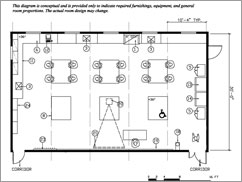  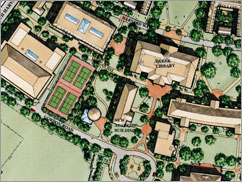 |
| A Summary Facility Program Study is the first step in developing a detailed facility program. A facility program summary is a list of spaces to be included in a project. Each space is described by: space name, purpose, area, number of people to be accommodated, and a description of function. The summary facility program records critical assumptions, establishes need, defines the overall concept, and provides the initial basis for budget targeting. |
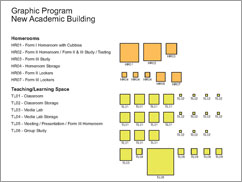  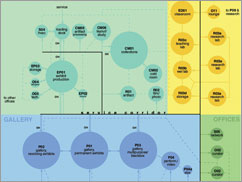 |
| A Detailed Facility Program is a management tool, a directive to the architectural design team, and the basis for cost control. A facility program is developed most effectively through an interactive process involving user groups. Each space in the facility program summary is described in detail, including such characteristics as: purpose, function, size, spatial relationships, architectural and utility requirements, special fixtures and furnishings, and all other project-specific information and requirements. |
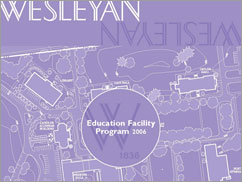  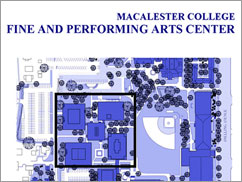 |
| Project Budget Testing is a cost estimate prepared using the detailed facility program where design criteria and standards for new construction or renovation are clearly described. If the scope of a project generates an estimate beyond the target budget, either the budget must be increased or the scope reduced. Changes made at this step are rational, cost little, and maintain the functional integrity of the project. Changes made during design and construction phases are more costly and can compromise functionality. |
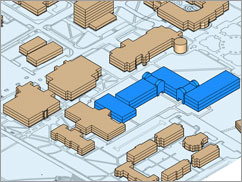   |
|
|








